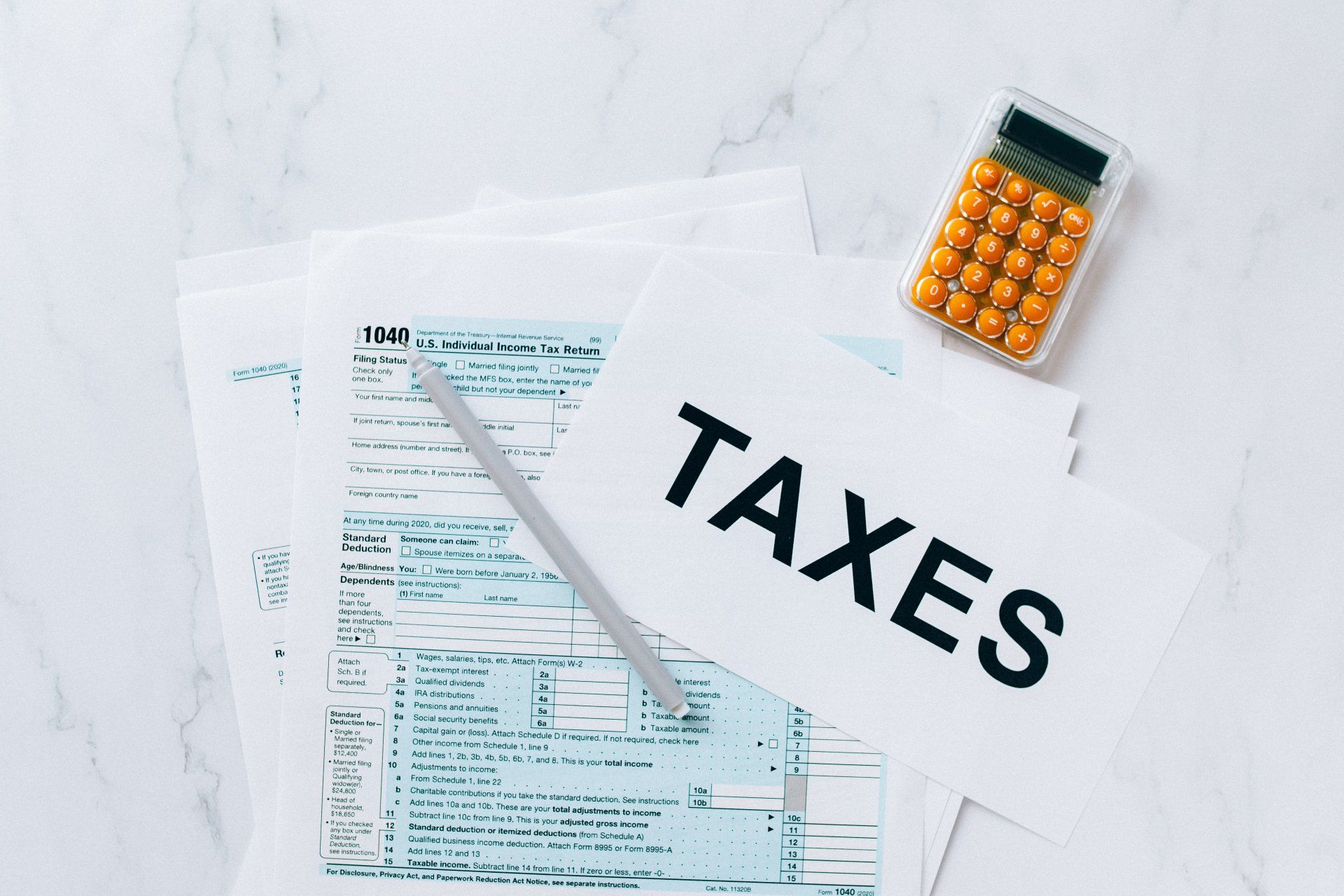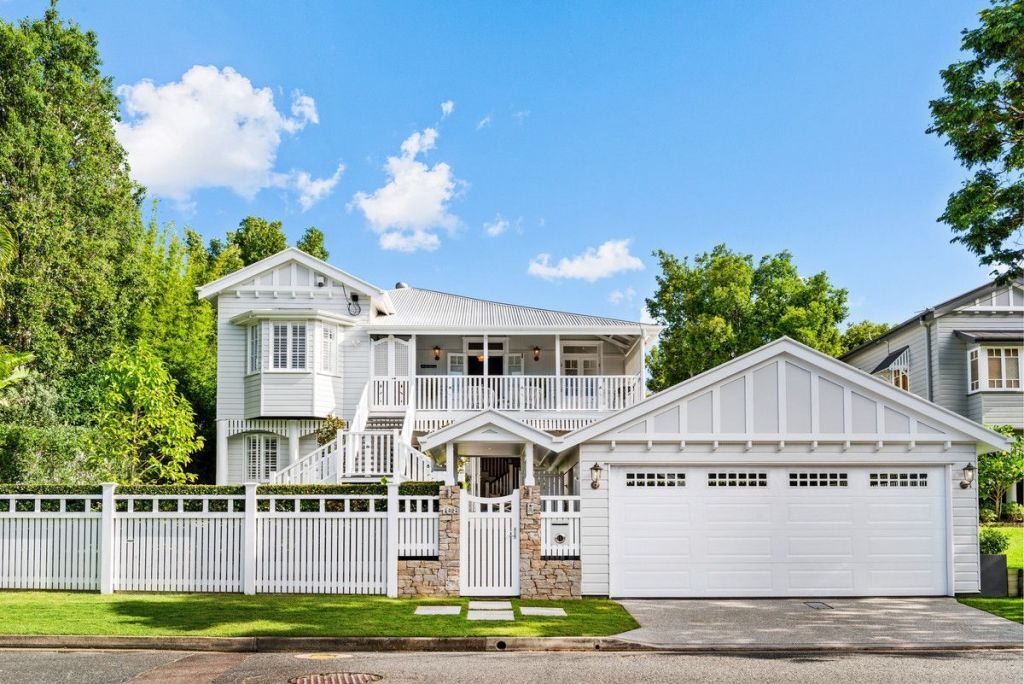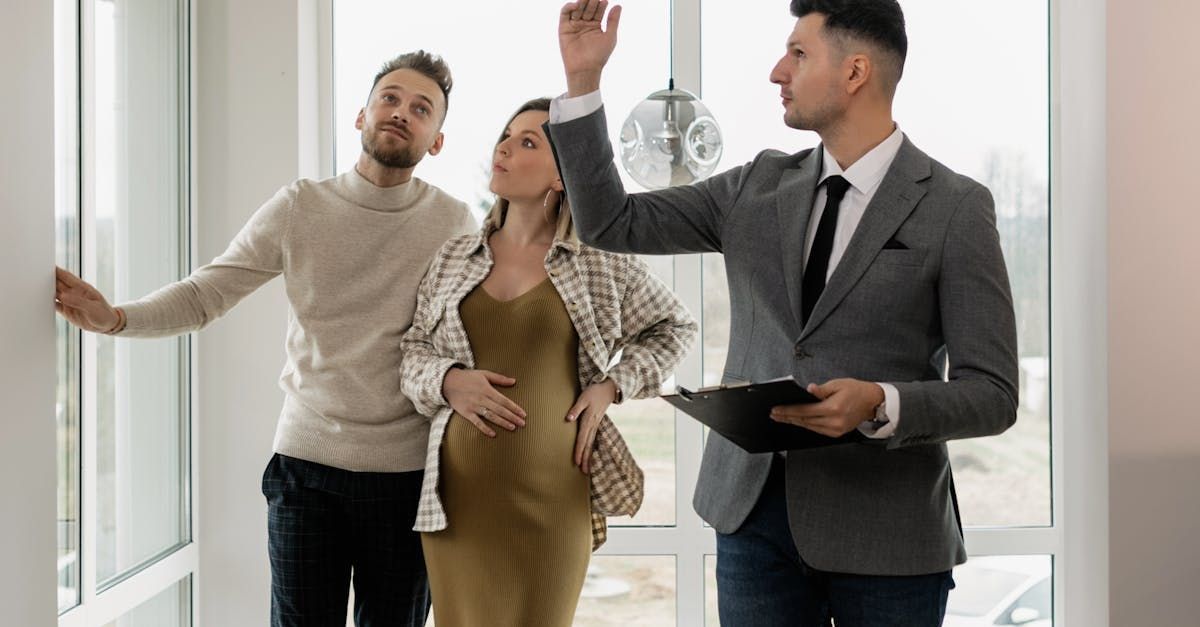How Have House Prices in Brisbane Changed Over Time? A Comprehensive Analysis
How Have House Prices in Brisbane Changed Over Time?
Brisbane's property market has undergone significant transformations over the years, influenced by various economic, demographic, and infrastructural factors. For homeowners and investors looking to understanding the historical trends in house prices, this article aims to provide a comprehensive analysis of how house prices in Brisbane have changed over time, offering insights into the key factors that have shaped the market and predictions for the future.
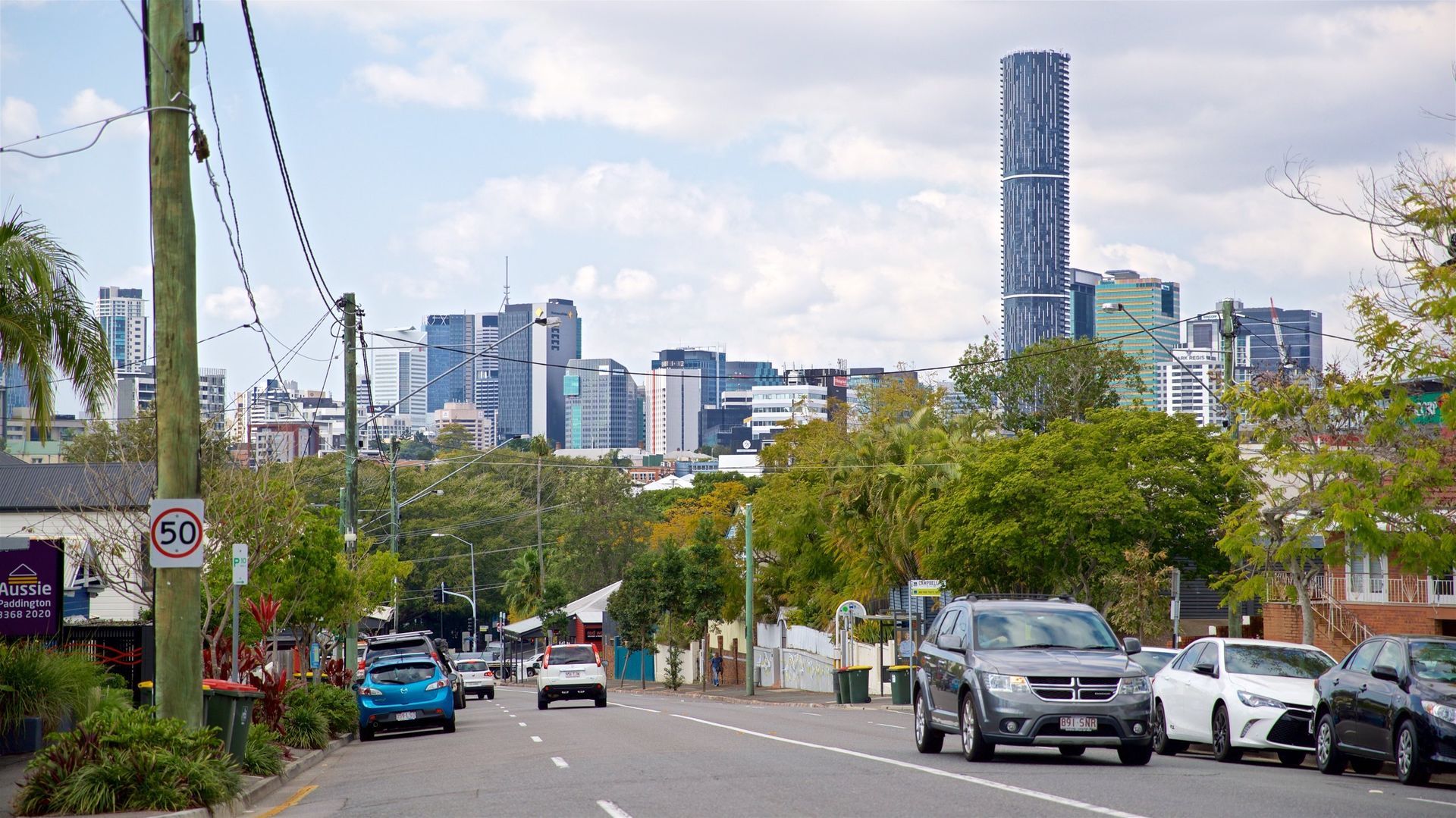
Historical Overview of Brisbane's House Prices
Early Trends (Pre-2000)
In the pre-2000 era, Brisbane's property market was characterized by steady growth, driven by Queensland's robust mining and agriculture sectors. The economic conditions during this period were relatively stable, with moderate inflation and interest rates. Major infrastructure projects, such as the Gateway Bridge and the Brisbane Airport expansion, began to shape the city's growth, leading to gradual increases in property values.
During the 1980s and 1990s, Brisbane experienced significant urban development, which included the construction of commercial buildings, residential complexes, and improvement of public amenities. These developments enhanced the city's appeal, attracting more residents and investors, thereby increasing the demand for housing.
House Price Trends from 2000-2010
The early 2000s saw a period of significant economic growth and low interest rates, which spurred property investment in Brisbane. The city's property market benefited from major infrastructure projects, such as the Clem7 Tunnel and the South East Busway, which improved connectivity and accessibility, boosting property prices in connected suburbs.
During this decade, Brisbane's property market also faced challenges, such as the impact of the Global Financial Crisis (GFC) in 2008. Although the GFC had a temporary cooling effect on the market, Brisbane's property prices demonstrated resilience and quickly recovered. Suburbs that benefited from infrastructural improvements, such as Newstead and Bowen Hills, saw substantial price increases.
House Price Trends from 2010-2020
The resource boom in the early 2010s brought significant economic prosperity to Queensland, leading to increased demand for housing in Brisbane. The mining boom attracted a large number of workers and their families to the city, resulting in a surge in housing demand. As a result, property prices in Brisbane experienced robust growth during this period.
Population growth, driven by interstate migration, further bolstered the housing market. Suburbs like New Farm and Paddington saw significant price increases due to their desirability and proximity to the CBD. The development of new amenities and improved public transport options also contributed to the rising property values in these areas.
Overall, the decade from 2010 to 2020 was marked by steady growth in Brisbane's property market, with rising house prices reflecting the city's economic and demographic trends.

Recent Trends in Brisbane's House Prices (2020-Present)
The onset of the COVID-19 pandemic in early 2020 had a profound impact on global economies, and Brisbane's property market was no exception. However, the city’s market has shown remarkable resilience and recovery, driven by a combination of government incentives, low interest rates, and strong demand.
Impact of the COVID-19 Pandemic
Initially, the pandemic caused a slowdown in market activity as lockdowns and economic uncertainty led to reduced property transactions. However, government measures, such as the HomeBuilder Grant and record-low interest rates set by the Reserve Bank of Australia, helped stimulate the market. These incentives encouraged both first-time buyers and investors to enter the market, leading to a surge in property demand.
The shift towards remote work also influenced buyer preferences, with increased demand for larger homes and properties in suburban and regional areas. This trend was evident in Brisbane as buyers sought more space and lifestyle amenities, driving up prices in suburban areas.
Government Policies and Incentives
The Australian government's economic response to the pandemic included several policies aimed at supporting the housing market. The First Home Owner Grant provided financial assistance to first-time buyers, boosting demand for entry-level homes. Additionally, the relaxation of lending standards and increased borrowing capacity further supported market activity.
These policies, combined with the continued low interest rates, created a favorable environment for property buyers, leading to increased competition and rising house prices across Brisbane.
Key Drivers of Recent Price Changes
Population Growth and Interstate Migration: Brisbane has continued to attract residents from other states, particularly New South Wales and Victoria, due to its relative affordability and appealing lifestyle. According to the Australian Bureau of Statistics, interstate migration has been a significant driver of population growth in Brisbane, which has fuelled housing demand and driven up property prices.
Economic Recovery and Job Market
Brisbane's economic recovery post-pandemic has been relatively strong, supported by various sectors including healthcare, education, and construction. The city's job market has remained robust, with low unemployment rates contributing to increased consumer confidence and housing demand.
Major Infrastructure Projects
Ongoing and upcoming infrastructure projects, such as the Cross River Rail and Brisbane Metro, are expected to enhance the city's connectivity and accessibility. These projects are likely to have a positive impact on property values in adjacent areas, as improved transport links make these locations more desirable for buyers and investors.
Factors Influencing House Prices in Brisbane
Understanding the various factors that influence house prices in Brisbane is crucial for making informed investment decisions. These factors include economic conditions, demographic trends, and ongoing infrastructure developments.
Economic Factors
Interest Rates and Borrowing Costs
One of the most significant factors affecting house prices is the cost of borrowing. Changes in interest rates, determined by the Reserve Bank of Australia, directly impact mortgage affordability. Lower interest rates reduce monthly mortgage payments, making it easier for buyers to afford higher-priced homes, thereby driving up demand and prices. Conversely, rising interest rates can cool the market by increasing borrowing costs and reducing affordability.
Employment Rates and Economic Growth
Strong employment figures and economic growth contribute to increased consumer confidence and spending power, which in turn supports housing demand. Brisbane’s economy has been bolstered by diverse sectors including healthcare, education, and construction. A robust job market ensures a steady flow of potential homebuyers and investors, keeping demand high and supporting price growth.
Demographic Factors
Population Growth and Migration Patterns
Brisbane's population has been growing steadily, driven by both natural population increase and interstate migration. The city's relative affordability, compared to Sydney and Melbourne, makes it an attractive destination for families and young professionals. Brisbane's population is expected to continue growing, sustaining demand for housing.
Changes in Household Composition
Trends such as smaller household sizes and an increasing number of single-person households can affect demand for different types of housing. This shift can lead to higher demand for apartments and smaller homes, influencing the types of properties that see the most significant price increases.
Infrastructure and Development
Impact of New and Upcoming Projects
Infrastructure projects play a crucial role in shaping property markets by improving connectivity and accessibility. In Brisbane, major projects like the Cross River Rail and Brisbane Metro are expected to boost property values in surrounding areas by enhancing transport links and reducing commute times.
Improvements in Transportation and Amenities
Investments in transportation infrastructure and local amenities, such as parks, schools, and shopping centres, make suburbs more attractive to buyers. For example, the development of new public transport routes and the upgrading of existing ones can significantly increase the desirability of suburbs, leading to higher property prices.
2032 Olympics Preparation
The upcoming 2032 Olympics has spurred a range of infrastructure projects aimed at preparing the city for the global event. These projects include upgrades to sporting facilities, transportation networks, and urban development initiatives. The Olympics is expected to have a long-term positive impact on property values, particularly in areas close to key event venues.
Suburb Analysis
Brisbane's diverse suburbs each offer unique investment opportunities, shaped by their distinct characteristics, amenities, and growth trajectories. In this section, in some key areas featured on CAPEX Property we look into the historical and recent price trends, local attractions, and factors contributing to the price changes in these prominent Brisbane suburbs. Understanding this data can help investors identify high-potential areas and make informed decisions.
Ascot
- Overview: Ascot is renowned for its historic charm, tree-lined streets, and luxurious properties. It’s one of Brisbane’s most prestigious suburbs, attracting affluent buyers.
- Price Trends: Property prices in Ascot have consistently remained high due to its desirability and prime location near the CBD.
- Local Attractions: Eagle Farm Racecourse and Oriel Park are popular spots that enhance the suburb's appeal.
Hamilton
- Overview: Hamilton is a riverside suburb known for its luxury apartments and historic homes. The suburb offers stunning river views and a high standard of living.
- Price Trends: Hamilton has seen strong property price growth due to its prime riverside location and proximity to the CBD.
- Local Attractions: Portside Wharf and the Eat Street Markets are major drawcards for residents and visitors alike.
New Farm
- Overview: New Farm is famous for its parks, river views, and vibrant cultural scene. It’s a sought-after location for both families and young professionals.
- Price Trends: Property prices in New Farm have steadily increased due to its excellent amenities and proximity to the CBD.
- Local Attractions: New Farm Park and the Brisbane Powerhouse are key highlights of the area.
Paddington
- Overview: Paddington is characterised by charming heritage homes and a trendy café culture. It’s a popular suburb for those seeking a mix of lifestyle and convenience.
- Price Trends: Paddington has experienced strong property price growth driven by its vibrant local amenities and proximity to the CBD.
- Local Attractions: Latrobe Terrace and The Barracks are popular spots that contribute to the suburb's appeal.
West End
- Overview: Known for its eclectic community and bustling markets, West End is a cultural hub with a unique character. It’s favoured by those looking for a vibrant and diverse lifestyle.
- Price Trends: Property values in West End have been rising, driven by its unique appeal and growing amenities.
- Local Attractions: West End Markets and Boundary Street are key attractions that enhance the area’s desirability.
Bulimba
- Overview: Bulimba is a riverside suburb known for its family-friendly environment, parks, and vibrant dining scene. It offers a mix of modern and traditional homes.
- Price Trends: Bulimba has seen consistent property price growth due to its riverside location and excellent local amenities.
- Local Attractions: Oxford Street is a major draw with its cafes, boutiques, and cinemas.
Teneriffe
- Overview: Teneriffe is a fashionable suburb known for its converted woolstores and riverside living. It’s highly sought after by professionals and executives.
- Price Trends: Property prices in Teneriffe have seen significant increases, reflecting its status as a premier suburb.
- Local Attractions: The Teneriffe Festival and riverwalks along the Brisbane River are key highlights.
Expert Opinions and Market Predictions
To provide a comprehensive view of how house prices in Brisbane have changed over time and what the future might hold, we turn to insights from real estate experts and detailed market reports.
Predictions for Future House Prices
Experts from leading real estate data firms, such as CoreLogic, forecast continued growth in Brisbane’s property market. According to their analysis, the combination of ongoing infrastructure projects, strong population growth, and economic stability will drive property prices upward.
Tim Lawless, Head of Research at CoreLogic, suggests that Brisbane’s property market will remain resilient and continue to attract interstate migrants. He highlights that suburbs with high levels of infrastructure investment are likely to see the most significant price increases.

Factors Likely to Influence Future Trends
- Infrastructure Projects: The Cross River Rail and Brisbane Metro projects are expected to significantly boost property values in their surrounding areas. These developments will improve connectivity and reduce commute times, making these locations more desirable for buyers.
- Population Growth: As Brisbane continues to attract residents from other parts of Australia, particularly Sydney and Melbourne, the demand for housing is expected to remain strong. This influx of people will drive up demand for both rental and owned properties.
- Economic Stability: Brisbane’s diverse economy, bolstered by sectors such as healthcare, education, and construction, provides a stable foundation for sustained property market growth. Continued job creation and low unemployment rates will support housing demand.
Analysis of Market Reports and Data
CoreLogic Data
According to the latest reports from CoreLogic, Brisbane’s median house price has seen significant growth over the past decade. In 2021 alone, Brisbane’s property values increased by approximately 20%. The CoreLogic Hedonic Home Value Index provides detailed insights into these trends, highlighting areas with the most robust growth.
Australian Bureau of Statistics Reports
The Australian Bureau of Statistics (ABS) provides valuable data on population growth, economic conditions, and housing affordability. Recent ABS reports indicate that Brisbane’s population grew by 1.9% in the past year, driven largely by interstate migration. This growth is expected to continue, fueling demand for housing and supporting price increases.
Brisbane City Council Reports
The Brisbane City Council publishes regular updates on local infrastructure projects and urban development plans. These reports are crucial for understanding how upcoming developments will impact property values. For instance, the Council’s plans for green spaces and community amenities in suburbs like New Farm and West End are expected to enhance the attractiveness of these areas, driving up property prices.
Real Estate Institute of Queensland (REIQ)
The Real Estate Institute of Queensland (REIQ) provides market insights and forecasts specific to the Queensland property market. According to REIQ’s latest report, Brisbane’s property market is poised for continued growth, with particular strength in the inner-city suburbs.
Expert Predictions Summary
- House Prices: Continued upward trajectory, particularly in suburbs benefiting from infrastructure investments and high demand.
- Rental Market: Low vacancy rates and increasing rents will attract investors looking for steady income.
- Investment Hotspots: Suburbs like Ascot, Hamilton, New Farm, Paddington, and West End are expected to see strong growth due to their desirable locations and amenities.
Investment Tips and Strategies
Investing in Brisbane’s dynamic property market requires a strategic approach, leveraging historical trends, current market conditions, and expert insights. Here are some tips and strategies to help you make the most informed investment decisions.
Leveraging Historical Trends
Understanding past trends can provide valuable insights into future market movements. Here are some key historical trends to consider:
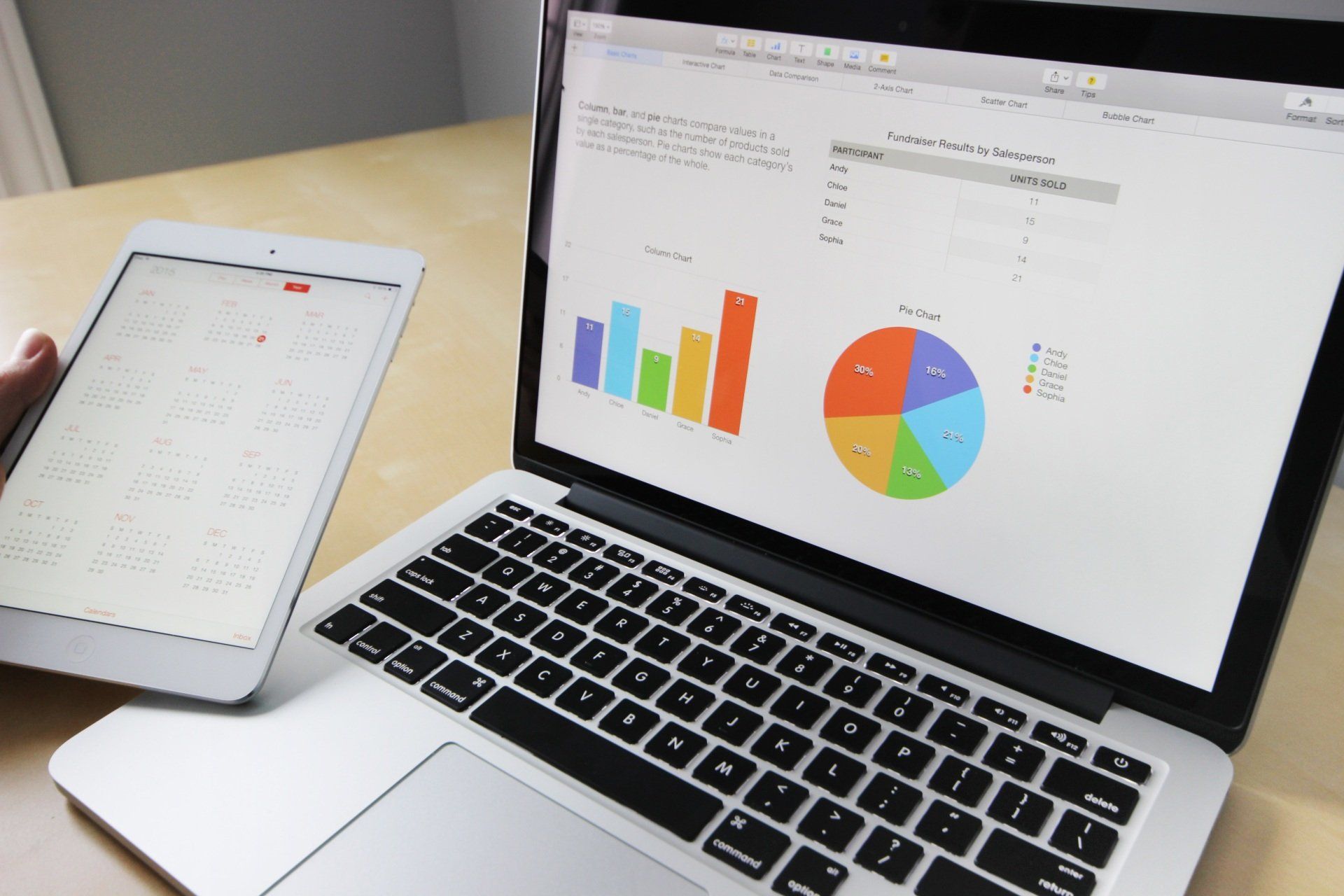
- Consistent Growth: Brisbane's property market has shown consistent growth over the decades, with periods of rapid appreciation driven by economic booms and infrastructure projects.
- Resilience: The market has demonstrated resilience in the face of economic downturns, such as the Global Financial Crisis, bouncing back stronger due to underlying demand and economic stability.
Tips for Investing in Brisbane’s Property Market
Identifying Growth Suburbs
Focus on areas with strong future potential. Suburbs near major infrastructure projects or those with planned developments often see higher price appreciation. Some key growth suburbs include:
- Ascot: Known for its luxury properties and proximity to the CBD.
- Hamilton: Offers riverside living and high-end amenities.
- New Farm: Popular for its parks and cultural scene.
- Paddington: Characterised by heritage homes and a vibrant café culture.
- West End: Known for its eclectic community and bustling markets.
Understanding Market Cycles
Real estate markets operate in cycles, typically including phases of growth, stability, and correction. Recognising where Brisbane is in its market cycle can help you time your investments more effectively. Currently, Brisbane appears to be in a growth phase, driven by high demand and significant infrastructure investments.
Long-term vs. Short-term Investment Strategies
Long-term Investment Strategies
- Buy and Hold: Purchase properties in high-growth areas and hold them for several years to benefit from capital appreciation.
- Rental Properties: Invest in rental properties in areas with low vacancy rates and high rental demand to generate steady income. Suburbs near universities, major employment hubs, or lifestyle amenities are ideal.
Short-term Investment Strategies
- Flipping: Buy properties that need renovation, improve them, and sell them at a higher price. This strategy requires a keen understanding of the local market and renovation costs.
- Speculative Investments: Invest in areas where major developments are planned, anticipating rapid price increases as projects near completion.
Practical Tips for Property Investors
- Conduct Thorough Research: Use resources like the Australian Bureau of Statistics, CoreLogic, and Brisbane City Council to stay informed about market trends and data.
- Engage with Local Experts: Consult with local real estate agents and property managers who have in-depth knowledge of the Brisbane market.
- Diversify Your Portfolio: Spread your investments across different types of properties and locations to mitigate risk.
- Monitor Economic Indicators: Keep an eye on interest rates, employment rates, and economic growth, as these factors influence the property market.
By implementing these tips and strategies, you can maximise your investment returns and navigate the Brisbane property market with confidence.
How Do I Stay Updated on Brisbane’s Property Market Trends?
Regularly check reports from authoritative sources like CoreLogic, the Australian Bureau of Statistics, and local government updates. Engaging with local real estate experts can also provide valuable insights.
Brisbane's property market has experienced significant changes over the years, driven by various economic, demographic, and infrastructural factors. By understanding these historical trends and leveraging expert insights, investors can make informed decisions and capitalise on the opportunities in this dynamic market.
Final Thoughts
As we look towards the future, Brisbane’s property market presents numerous opportunities for informed investors. By focusing on strategic areas, aligning with expert property managers like CAPEX Property, and staying adaptable to market conditions, investors can not only anticipate but also capitalise on the potential growth in this vibrant city.
Ready to invest in Brisbane's property market? Contact
CAPEX Property today for expert advice and guidance on making the most of your investment.
Share this with friends!
Latest Property Market Insights




